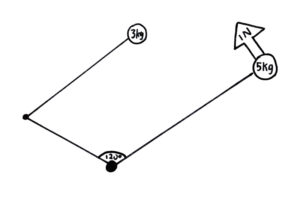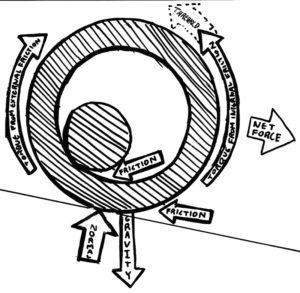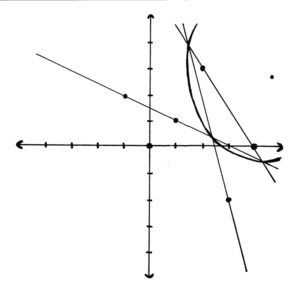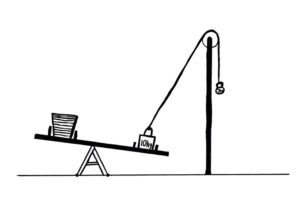We’re trying to solve a rather insane system of equations. Due to the size of this problem, It’s publishing was delayed. Also, the solution is not typed, that would take a very long time, but shown is a scan of my rough work.
The initial equation system problem was:
a_{n1}=125\ e^\frac{-c_n}{100}\\[8pt] a_{n2}=5\ e^\frac{-c}{5}\\[16pt] g_n=\left\lfloor a_{n1}s_n{\left({3-2\sqrt2\operatorname{erfc^{-1}}{(r)}\over200}\right)}\left(1-\frac{s_n}{p_n}\right)\right\rfloor\\[16pt] g_{a_b}=\left\lfloor a_{b2}s_b{\left({3-2\sqrt2\operatorname{erfc^{-1}}{(r)}\over200}\right)}\left(1-\frac{s_a}{p_a}\right)\right\rfloor\\[16pt] i_n=s_n+10\left(s_n-\frac{p_n}5+|s_n-\frac{p_n}5|\right)\\[16pt] x=5-3\sqrt2\operatorname{erfc^{-1}}{(2r)}\\[8pt] y=11-5\sqrt2\operatorname{erfc^{-1}}{(2r)}The solution is:





